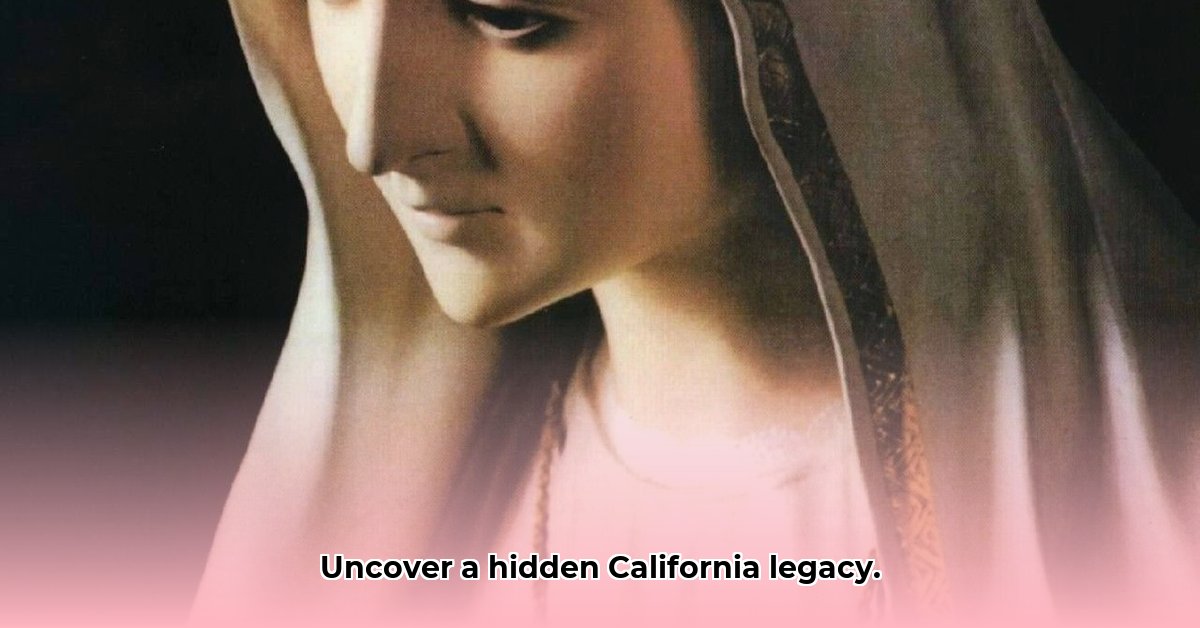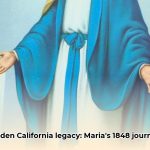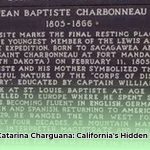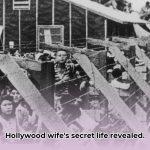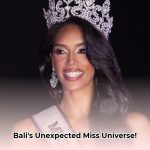Imagine piecing together a historical puzzle with missing pieces, where some fragments seem to contradict others. This is much like the challenge of researching the life of Maria Catarina Charguana. Learn more about her life at this link. Born in 1848 at Mission San Fernando Rey de España in California, her story is a compelling, yet fragmented, mystery. This article seeks to assemble the known details of her life, her family, and her heritage—a mosaic of Indigenous and European roots. It explores the research methods used to gain clarity about her past, highlighting both the obstacles encountered and the breakthroughs achieved in reconstructing this remarkable woman’s life in a rapidly changing 19th-century California.
Maria Catarina Charguana (1848): A California Profile
Unraveling the narrative of Maria Catarina Charguana, born on May 4th, 1848, at Mission San Fernando Rey de España, is akin to restoring a faded painting. The baptismal record offers a foundational starting point, identifying her parents as Jean Baptiste Charbonneau and Margarita Sobin. However, many questions remain unanswered, prompting us to delve deeper into the context of her existence. It’s about understanding the life of a woman whose story is intertwined with the complex historical transformations of early California, including its cultural shifts and societal dynamics.
The Challenges of Early California Records and Family History
Confirming Maria Catarina’s parents’ marital status is more complex than one might expect. Existing documents provide no definitive information on this crucial detail, leading to speculation regarding the nature of their relationship. Adding to the complexity, Margarita’s last name appears with inconsistent spellings across various records – Sobin, Sobenish, and even Charguana itself. Are these instances of simple clerical errors, intentional alterations, or something more significant? This challenge is common in researching individuals from marginalized communities during this era, where meticulous record-keeping was not always prioritized.
California in 1848: A World in Transition
To truly understand the difficulties in piecing together Maria Catarina’s story, it’s essential to understand the context of 1848 California. The Mexican-American War had just concluded, the Gold Rush was about to begin, and the lives of Native American populations were undergoing profound and lasting changes. Official records from this time often exhibit incompleteness, inconsistencies, or biases, reflecting the chaotic and transformative nature of this period. The very act of recording a birth or family history was often influenced by factors unrelated to simple accuracy.
A Detective-Like Approach to Genealogical Research Methodology
Building a comprehensive picture of Maria Catarina’s life necessitates a multifaceted research approach. We must meticulously examine mission records, scrutinize baptism, marriage, and death certificates for any pertinent information. Census data from the period must be carefully examined, searching for any trace of her and her family. However, reconstructing the full picture requires integrating insights from various sources beyond official documents.
Exploring oral histories and cultural archives within the Luiseño community becomes invaluable. These resources might offer crucial insights not found in conventional documents – perhaps family stories passed down through generations, preserving a more complete view of Maria Catarina’s life. This approach is vital because it helps move beyond the limitations of official records, enriching our understanding of her as a person.
The Unfinished Story: Roadblocks and the Path Forward in Family Research
This genealogical quest presents significant hurdles. It extends beyond just a scarcity of documents; it includes navigating the reliability of existing information. We must carefully evaluate the information we uncover, acknowledging any limitations or inconsistencies. The relative lack of extensive family records for the Charguana lineage reflects the historical marginalization experienced by many communities.
Future research will focus on collaborations with members of the Luiseño community, which is essential for a more holistic and respectful approach to this investigation. DNA analysis could potentially connect living descendants to Maria Catarina, adding new dimensions to our understanding. Public dissemination of these findings in specialized genealogical journals or academic publications would ensure that this research benefits the wider academic community.
Plan of Action: Short-Term & Long-Term Goals for Genealogical Study
The following table outlines a research strategy, with short-term and long-term objectives:
| Research Phase | Short-Term Goals (0-1 Year) | Long-Term Goals (3-5 Years) |
|---|---|---|
| Record Examination | Exhaustive review of Mission San Fernando records and census data analysis. | Collaboration with Luiseño community; DNA analysis to find living relatives; publication in academic/genealogical journals. |
| Oral History Exploration | Investigation of Luiseño oral histories and community archives. | In-depth examination of Luiseño traditions and their link to Maria Catarina’s life. |
| Data Analysis | Comparing different spellings of Margarita’s surname, identifying inconsistencies, and documenting any patterns across documents. | Detailed analysis focusing on the sociocultural context of 19th-century California and its implications for record-keeping practices, family structures, and cultural assimilation. |
The search for Maria Catarina Charguana is an ongoing process, underscoring the perseverance required to uncover the lives of those historically overlooked. While the task is challenging, the potential to reveal a more complete and nuanced understanding of her life, within the context of 1848 California, makes it worthwhile. This is a story still being written, and each new piece of information adds to a richer depiction of this woman’s life.
Tracing California Mission-Era Indigenous Ancestry Using Fragmented Records
Key Takeaways:
- The Early California Population Project (ECPP) database is a trove of genealogical records, despite its interface quirks.
- Mastery of the ECPP’s search features is essential.
- Combining ECPP data with other resources creates a fuller picture.
- Challenges are expected; persistence is key.
- Even incomplete data reveals clues about lives from centuries ago.
Navigating the ECPP Database for Historical Record Retrieval
Tracing your California Mission-era Indigenous ancestry is like solving a historical puzzle. The pieces are scattered, some are damaged, and the instructions are missing. However, it’s a puzzle worth tackling. One of your best tools is the Early California Population Project (ECPP) database, a digital repository of records from California missions – baptisms, marriages, burials – spanning from 1769 to 1850.
The ECPP database has a unique search functionality. You’ll need to delve into the help section to master its wildcard searches (using the “%” symbol to represent unknown characters) and understand how mission identifier codes work. Patience and persistence will be required.
A Multifaceted Approach to Genealogical Research
The ECPP is a strong starting point, but requires a broader strategy. You’ll want to explore additional resources, such as:
- Local Historical Societies: These groups often hold valuable local records and family histories, genealogical expertise, and insights into broader historical contexts.
- Genealogical Websites: Supplement ECPP findings with sites like Ancestry.com, FamilySearch, and MyHeritage, cross-referencing extracted data and potentially discovering new sources.
- University Archives: Benefit from libraries and universities’ collections of relevant documents, including manuscripts, letters, and rare books, adding depth to documented information.
- Oral Histories: Integrate family stories passed down through generations for context that written records often lack, enriching research with personal narratives.
Analyzing the Clues: Putting the Pieces Together
You’re dealing with incomplete records—expect surprises and contradictions. Be prepared to interpret clues, to make educated inferences, and consider multiple possibilities. Refine genealogical detective skills, acting as a historian to weigh evidence and analyze effectively.
A Word of Caution: Respectful Research and Historical Sensitivity
When researching ancestry, deal with the sensitive history of Indigenous populations with respect and awareness. Acknowledge the hardships they faced, guided by empathy and understanding.
- Discover Verna Garver’s Life: A Hollywood Wife’s Untold Story - July 22, 2025
- Discover Verna Garver’s Untold Story: A Hollywood Wife’s Life - July 22, 2025
- Bali’s Chelsea Ivana: Miss Universe Bali 2023 Winner’s Inspiring Journey - July 22, 2025
